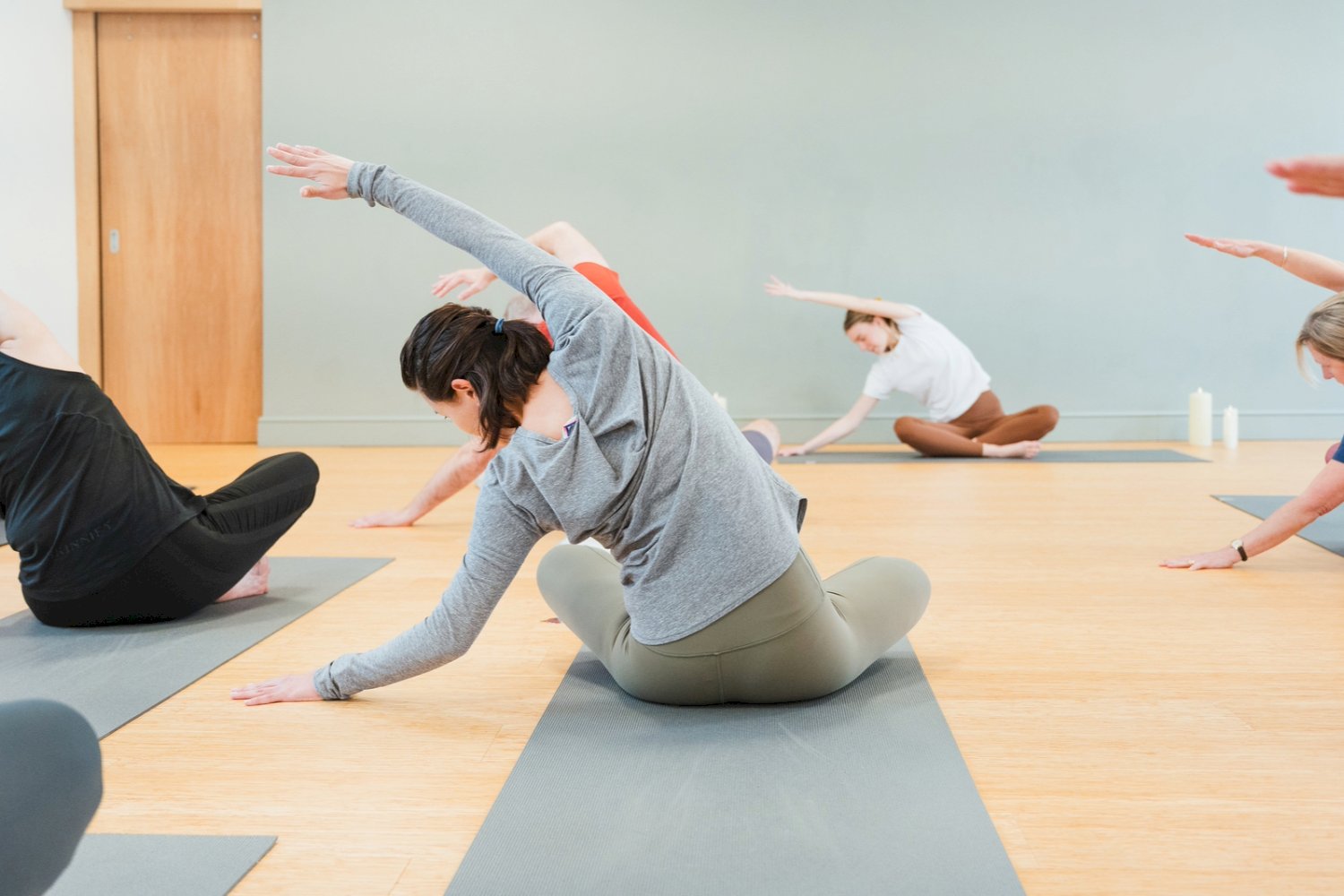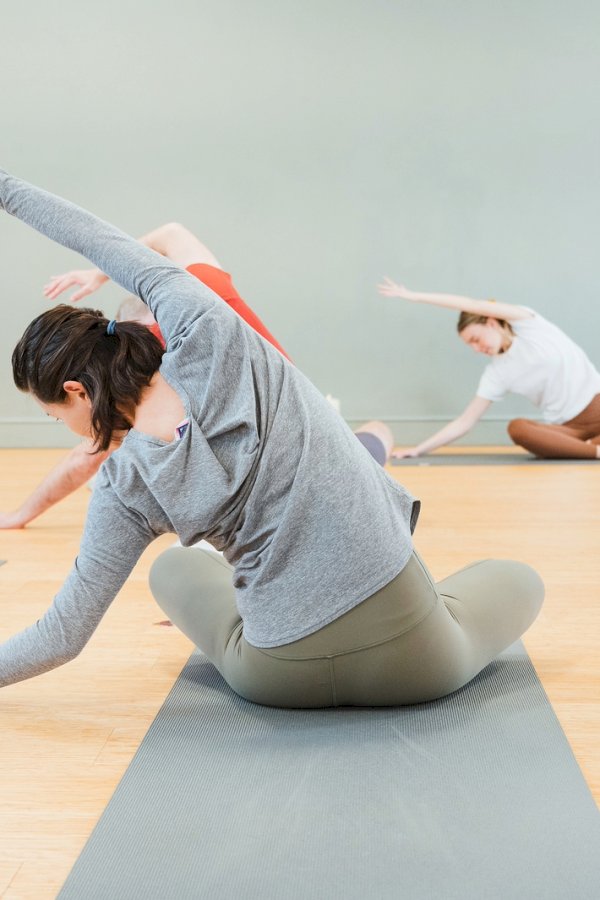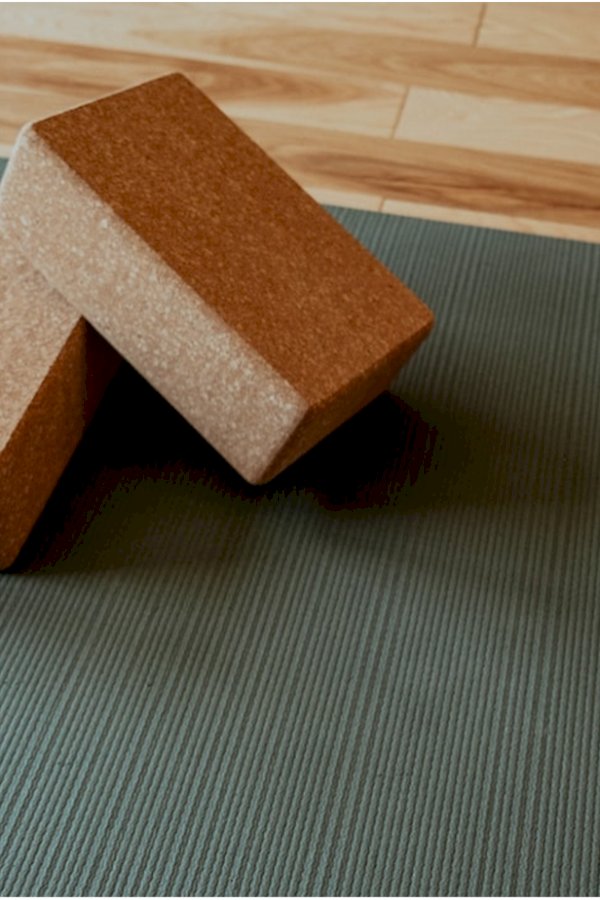Understanding bone health:
Our bones are living tissues that provide a framework of support for our bodies. They allow us to move freely, protect our vital organs (brain, heart, and lungs), store minerals including calcium and phosphorus and produce blood cells that transport oxygen. They undergo a continuous process of remodelling, where old bone is broken down and replaced, and new bone is formed. This remodelling process is influenced by a variety of factors, including nutrition, physical activity, and hormone balance.
Why does bone health matter?
Strong bones and muscles also protect us against injury, which helps to prevent falls, fractures, and broken bones which are more common as we age. Maximum bone density is reached in our 30s and bones begin to break down and thin from the ages of between 30 to 40, accelerating in our 50s. It has previously been stated that around 10% of a woman's bone mass is lost in the first five years of menopause. Therefore, it is crucial that lifestyle habits need to be adopted to support optimal bone health throughout life. This helps to prevent fractures and potential osteoporosis, but also supports our overall quality of life and longevity.
Movement and balance to support bone health:
To support bone health, weight bearing exercises and active stretching, like yoga is vital. Bearing weight through our hands and feet, engaging our arms, legs, abdominals, and gluteus muscles applies pressure to the bone which activates the osteoblast cells. These cells form new bone and help to grow and heal existing bones. They release bone matrix to turn protein into new tissues, filling in the gaps and spaces in our existing bone tissue and help to prevent conditions like osteoporosis.
Autopsy data has shown that attachment sites, where muscles join the bone, grow bigger through continued use. Research has shown that around 10 seconds of weight-bearing stimulation is enough to initiate new bone growth. When poses are held, muscles are lengthened, pulling on bone to create tension that leads to bone growth, without harming the joints. Yin Yoga, in particular the postures are held longer, allowing the bones more time to be stressed. This produces a larger recovery response as the bones that are stressed longer will grow stronger.
In addition to weight bearing, yoga also incorporates compression - pressure applied to tissues - which further stimulates bone remodelling. Poses including bridge, camel and cobra involve spinal compression, encouraging the bones of the spine to become denser and stronger. The compression stimulates the production of synovial fluid within the joints, promoting lubrication and mobility to reduce the friction of the moving joints.
Stress reduction to support bone health:
Yoga also helps to reduce anxiety and stress, both of which can decrease bone density. Chronic stress can lead to increases in cortisol levels, which has been shown to prevent bone formation through inhibiting the osteoblast cells, promoting bone resorption (breakdown). This can disrupt the balance between bone-building cells (osteoblasts) and bone resorbing cells (osteoclasts), resulting in decreased bone density.
Chronic stress can cause imbalances in oestrogen levels which has a protective effect on bone health, by stimulating bone formation, and promoting bone loss. However, yoga which incorporates breathwork, meditation and relaxation techniques can help to reduce stress levels and promote hormonal balance. Therefore, a more favourable environment is created for bone remodelling and regeneration.
Summary:
To conclude, regular yoga practice helps to maintain bone strength at every stage of life. Yoga has an emphasis on stress reduction, hormonal balance, weight-bearing exercise, and muscle strength and stability to nurture your bones. There is also some research to suggest that Yoga may help to maintain optimal bone density and reduce the risk of osteoporosis and fractures in later life. Whether you are practicing gentle restorative poses, Yin or a more dynamic Yang-style practice, the benefits of Yoga extend beyond the mat and can be prevalent across your lifetime.
Resources:
Study:
Fishman LM. Yoga for osteoporosis: a pilot study. Topics in Geriatric Rehabilitation. 2009 Jul 1;25(3):244-50.
Books:
The Complete Guide to Yin Yoga by Bernie Clarke
Your Spine Your Yoga by Bernie Clarke

 Login or Register
Login or Register







